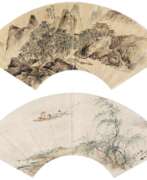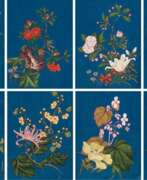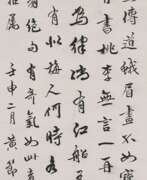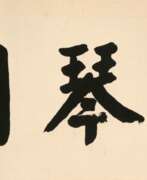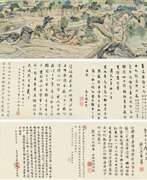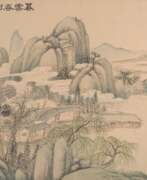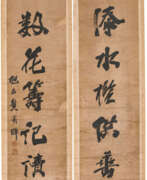Calligraphers 19th century


Qi Baishi was a Chinese painter, noted for the whimsical, often playful style of his works. Born to a peasant family from Xiangtan, Hunan, Qi taught himself to paint, sparked by the Manual of the Mustard Seed Garden. After he turned 40, he traveled, visiting various scenic spots in China. After 1917 he settled in Beijing. Some of Qi's major influences include the early Qing dynasty painter Bada Shanren (八大山人) and the Ming dynasty artist Xu Wei (徐渭).
The subjects of his paintings include almost everything, commonly animals, scenery, figures, toys, vegetables, and so on. He theorized that "paintings must be something between likeness and unlikeness, much like today's vulgarians, but not like to cheat popular people". In his later years, many of his works depict mice, shrimp or birds. He was also good at seal carving and called himself "the rich man of three hundred stone seals" (三百石印富翁). In 1953, he was elected president of the China Artists Association (中國美術家協會).
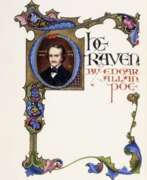

Alberto Sangorski is a British artist, illustrator, calligrapher and bookbinder.
As a young man, Alberto showed promise as a painter, but began working as a secretary for a jewelry firm in the City of London. When his younger brother Francis Sangorski founded the bookbinding firm of Sangorski & Sutcliffe in London in 1901, Alberto often visited the workshop and helped the firm with its bookkeeping. Around 1905 he became interested in this work and after a little technical training from his brother, he became an accomplished calligrapher and illustrator.
The firm of Sangorski & Sutcliffe was known in the 1920s for its luxurious gem-embellished bindings, with real gold and gemstones used in the covers. This bindery was considered the leading bindery in London and was highly successful, surviving both wars and economic depressions.
























